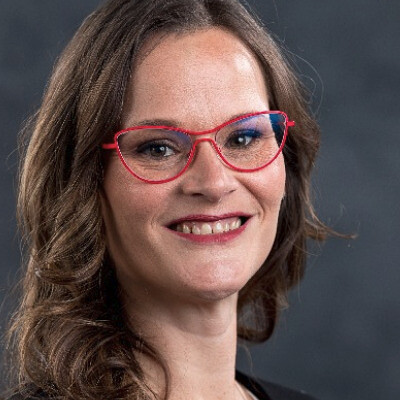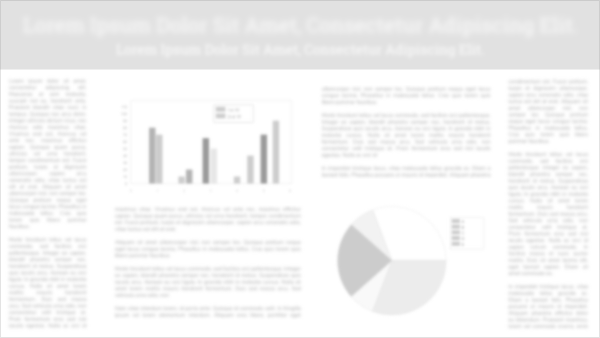From Classroom to Community: Advancing Interprofessional Academic–community Partnerships Through a Nurse-led Clinic
• Background & Statement of Problem:
Securing quality clinical placements for nurse practitioner (NP) students remains a national challenge (Gigli & Gonzalez, 2022; McInnis et al., 2021). Traditional models often lack diversity in patient populations and clinical settings. To address this, the College of Saint Benedict (CSB) and Saint John’s University (SJU), in partnership with a community safety foundation, developed a nurse faculty-led, student-staffed health clinic aimed at increasing access to care for underserved populations in Central Minnesota while enhancing NP clinical training.
• Aims:
The project aims to (1) expand innovative clinical learning opportunities for NP and undergraduate nursing students, (2) improve community health through culturally competent care and education, and (3) create sustainable interprofessional academic-community partnerships focused on health equity.
• Design/Methodology:
The initiative is grounded in community-engaged, experiential learning. Graduate nursing students conducted community assessments to identify local healthcare gaps and social determinants of health (SDOH). The clinic will offer free screenings, health education, and navigation services while embedding NP students in hands-on roles. Collaborative stakeholders include public safety officials, local healthcare providers, and city/county agencies.
• Results:
Preliminary assessment data revealed multiple barriers to care, including transportation challenges, language access issues, and mistrust of the healthcare system. These findings directly informed clinic service planning. Early implementation outcomes include establishment of clinical space, stakeholder buy-in, and integration into the NP and nursing curriculum. The model has generated strong community interest and interdisciplinary support.
• Conclusion:
This collaborative faculty-led clinic exemplifies how academic institutions can expand clinical training by partnering with communities to address healthcare disparities. It provides a replicable framework for integrating SDOH into NP and nursing education and strengthening community trust through sustained, nurse-led outreach.
• Reflections/Lessons Learned/Implications:
Key lessons include the importance of early stakeholder engagement, flexibility in clinical design, and prioritizing cultural humility. NP and nursing students gain critical competencies in leadership, advocacy, interprofessional collaboration, and population health—better preparing them for complex practice environments.
• Priority Criteria Fulfillment:
This project aligns with priority criteria by promoting health equity, fostering academic-community partnerships, and preparing the future nursing workforce to address SDOH through innovative, practice-based education.





